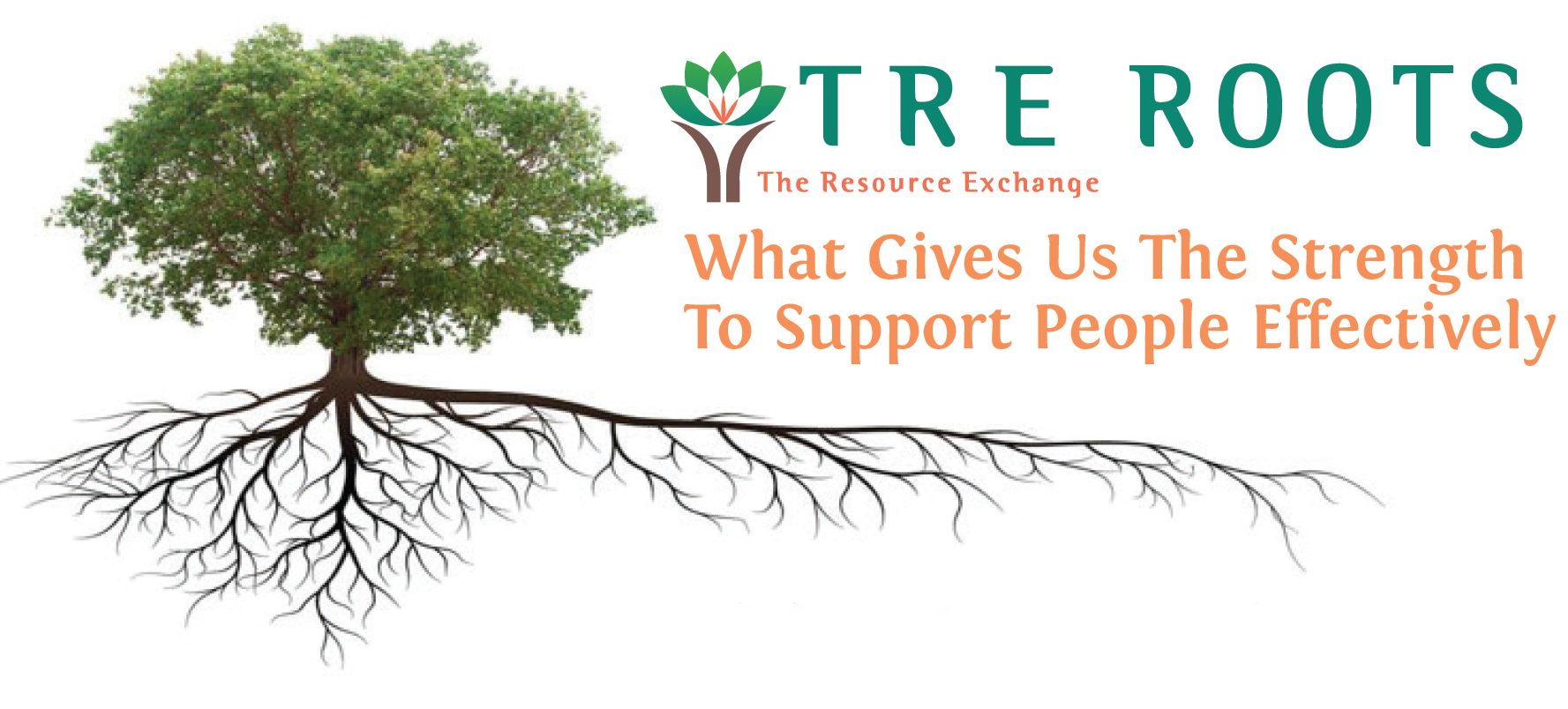

We are proud to share the next in our series of TRE’s cultural “roots”, guideposts that have been identified by TRE as critical to our work. Read more about this organizational effort at www.tre.org/blog-tre-roots/.
ROOT #4 – CREATE A TONE OF FRIENDLINESS AND WARMTH
Every conversation, meeting, phone call, e-mail, letter, and voicemail sets a tone and creates a feeling. Pay attention to every interaction, including your own non-verbal communication, and be sure you’re setting a tone of friendliness, warmth, patience, and helpfulness.
People’s interpretation of the value you bring to them is greatly influenced by how you make them feel. As humans, we often are willing to do more for a person who makes us feel valued, or we allow more latitude in how quickly we expect a response from someone when we feel valued, or we are more forgiving of mistakes from someone who makes us feel valued. The tone we use when interacting with someone is the subtle expression of how we value them.
As I was considering this Root, I reflected on companies I interact with personally. There are some, that even though I do not know anyone at the company, those that I interact with make me feel like a valued customer, that they care about me being satisfied. In those interactions I become much more engaged and interactive with those people and my mood is lightened. With other companies, I get a sense that the person with whom I’m interacting has no care as to the outcome of our conversation or interaction. They do not seem to care if I am happy about the service they provide or not. It is the tone with which they interact with me that creates that difference. I find myself much more forgiving of a person who is kind and friendly in our interactions even when they make a mistake. I am much less forgiving of someone who is cold and uncaring or just indifferent in our interaction.
The people we support interact with others all the time who treat them as if they are a burden or as if they are just causing problems. Often, it can be those experiences that shape their initial interactions with TRE because they believe everyone will be uncaring and take advantage of them. Creating a tone of friendliness and warmth sets someone at ease and allows them to fully engage and participate in the complex tasks and activities we ask of them to benefit from services. Showing care for them demonstrates that we truly value them as human beings and want to be of support to them at a time that is often quite challenging for them.
At times, when I have found myself in a situation with a person where our interaction is somewhat negative, I stop myself to think about the type of tone I am using, I usually find that my tone is challenging or negative or judgmental. If I can make an adjustment to my tone and shift to listening and acknowledging the person’s issue, the conversation usually shifts, and the person becomes more engaged in problem-solving and talking more collaboratively with me. Most often, the other person’s frustration and anger is not about me at all (even though I may be the one they are focusing it on) but it is about the situation or other stresses they are dealing with. It’s powerful to think that I could help change that feeling for them.
As you go about your work, consider the following:
- Take time out to reflect on your conversations (of all types) with people in services, other people at TRE, and people in the community or at the grocery store. Just reflect on the experience and how the experience may have been influenced by the tone you used and your level of engagement. Did you smile? Did you look them in the eye and acknowledge them as a person? Did you greet them? Did you truly listen to what they had to say?
- Think about the companies with whom you interact. Which ones do you categorize as warm and friendly? Which ones do you categorize as poor at customer service? How would you describe the tone of each of those in your interactions? How did the people you interacted with set that tone? How did your tone impact the interaction?
- What strategies might you use when you are having a hard day to remind yourself of the importance of the tone you are setting with the people you interact with?







Leave a Reply